(1960-1989)

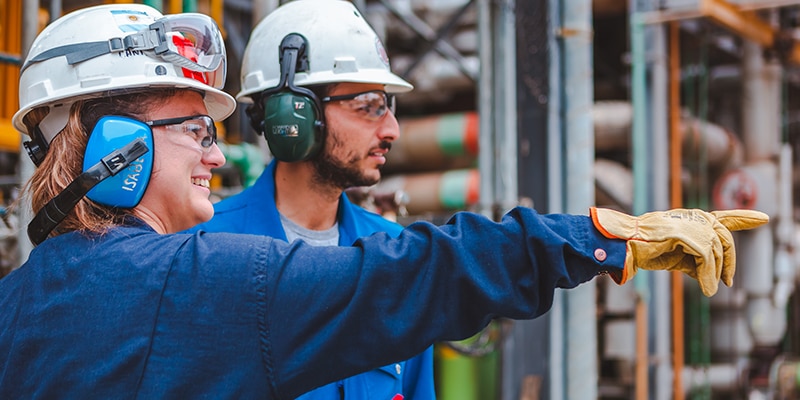
Learn how we make the world a better place as Team Dow. Through respect and integrity, we lead with our core values and innovative spirit to create more sustainable materials science solutions for everyone.

Discover how we’re accelerating positive change around the world. From climate protection and creating safer materials to our focus on global citizenship and inclusion, diversity and equity, Team Dow is making a difference in the communities where we live and work.
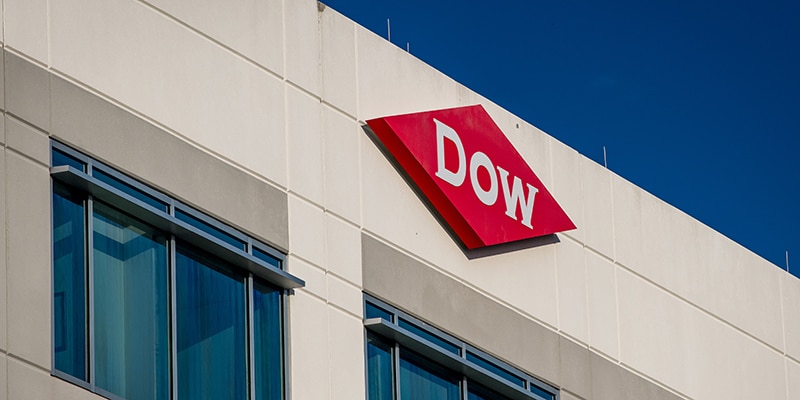
Find the latest press releases, news updates, awards and achievements from Dow and stay connected on the impact we’re making in the world.
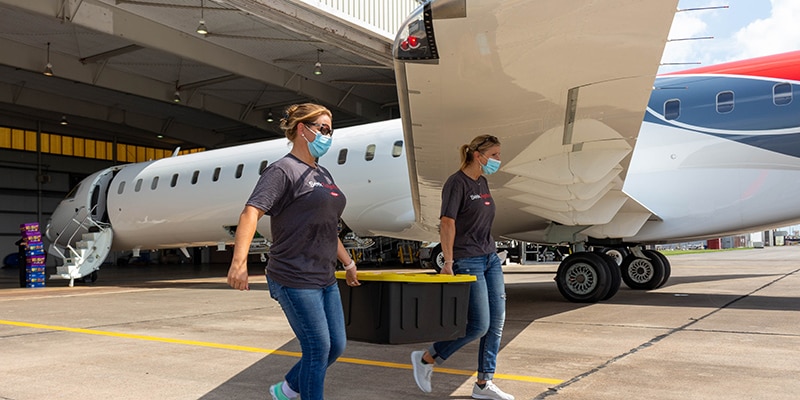
Explore key collaborations and why we make partnership our passion. Through initiatives and sponsorships, we can work together to create a more positive impact for all.
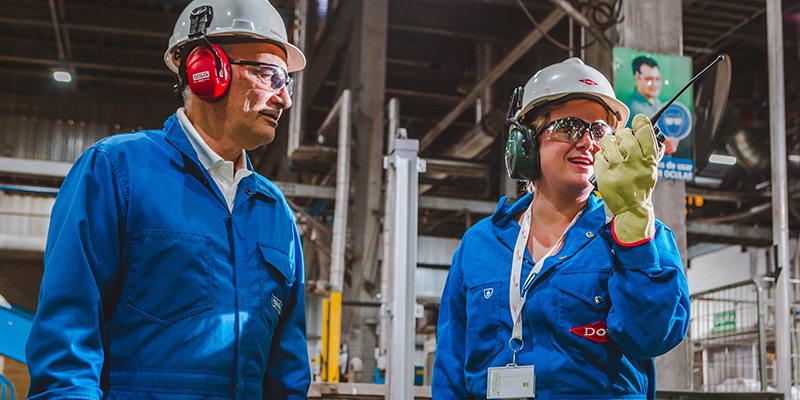
Team Dow makes us one of the most innovative, customer-centric, inclusive and sustainable materials science companies in the world. Find opportunities to join Dow in a capacity that works best for you.
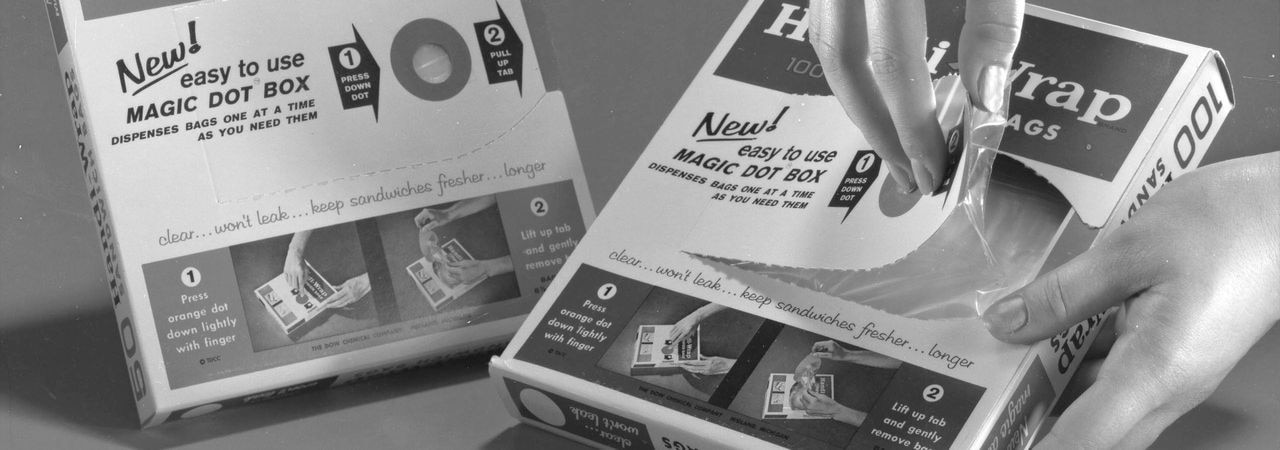
Going Global and the First Era of Commercialization
Boom Years and International Expansion
As Dow grew rapidly during the 1960s, Dow accelerated its global expansion and established manufacturing plants throughout the world. As manufacturing expanded, R&D expanded and Dow set up technical centers to ensure the best technology was available at each location. The postwar years also ushered in Dow’s commercialization of a wide range of household products – from Saran Wrap® to Scrubbing Bubbles®. By 1974, Dow was the most profitable chemical company in the world. Learn more about Dow’s diversification and growth following World War II.
Science and Space:
One Giant Leap for Mankind
When astronaut Neil Armstrong first planted his boot on the moon, its sole was made from Dow Corning’s rubber silicone. The Apollo XI Mission used Dow Corning silicone sealants, rubber (hoses), potting compounds and insulation. Dow technology also played a small role in the moon landing; its epoxy resins were used in the spacecraft’s heat shield. The resins were charred during re-entry to Earth’s atmosphere but effectively absorbed the 5,000-degree heat.
“I want to say one word to you, Benjamin Just
one word. Are you listening? Plastics.”
– Mr. Maguire, giving career advice to Benjamin in the 1967 film The Graduate
1961 | Dow purchases a manufacturing site in Terneuzen, The Netherlands |
1964 | Handi-Wrap® plastic film wrap is introduced. |
1965 | Dow’s one-shot measles vaccine is introduced. |
1966 | Dow adds epoxy resins to its product mix. |
1968 | Ziploc® bags are test-marketed. |
1970 | Dow introduces an automotive product line. |
1972 | Dow launches Lorsban® insecticide. |
1973 | Dow becomes the first foreign industrial company listed on the Tokyo Stock Exchange. |
1975 | Dow supplies STYROFOAM™ brand insulation for the Alaskan Pipeline. |
®Saran Wrap, Ziploc and Scrubbing Bubbles and logos are trademarks of S.C. Johnson and Son Inc.
®Handi-Wrap and logo are trademarks of Cornerstone Enterprises LLC